Lots of interesting facts, many notable phenomena and much more are purely theoretical because we can not go and experiment near a blackhole.

1. No escape The most famous thing about blackholes that everyone knows is the fact that, no one can escape the gravity of blackholes, even light. Although the photons do not have mass, but they bend at the curve of space time (General Relativity) caused by the blackhole, forcing the light to travel through the bent space inside the blackhole.
2. Singularity Singularity is a point that does not contain any spatial dimension, meaning that point does not contain any length or extent of height. It is just a point of no shape and size, and endless density. The point of being a human being also became the starting point of the Big Bang.

3. Mystery beyond Event Horizon Event is the blackhole boundary line. Anything that crosses the horizon of the event cannot return, therefore it is also called the point of no return. It is called an event event because any events taking place beyond that boundary line, it will not affect an outside observer. Rotating blackholes can have ugly and non-spherical events at the event.
4. Really, are blackholes really black? Hawking Radiation. Blackhole absorbs everything, even lightweight, so how can it release anything? Thanks to Sir Hawking for knowing the answer to this mystery. Due to the volatility of the sum, the virtual particle pair appears in space and then disappears immediately.
What is Hawking Radiation? Think of a pair of virtual particles, say A and B were created in the event scenario, and before they disappear, particle A enters the event horizon while particle B leaves the opposite. Hawking considered quantitative fluctuations and quantitative adjustments in the vision scenario for black holes, and found that blackholes emit un canceled particles (such as small grain B), known as Hawking Radiation.

5. No forever, even blackholes. Who can destroy the most massive and powerful thing in the universe? Blackholes evaporate over time, and so one day the black hole disappears completely. We know that blackholes emit Hawking radiation, and Hawking radiation carries some mass and energy with it. Thus blackholes slowly evaporate over time in the form of Hawking Radiation.
6. Death of a massive star - Birth of a Blackhole. The Blackholes were created as a result of the most violent events in the universe - Supernova. When the star's fuel runs out, the star tries to combine the heavier atoms in its core. Based on the size and volume of the star, either it will die a slow death and become a neutron star, or the star will explode in a massive explosion called a supernova. Once the star explodes in the supernova, it will leave a blackhole, its massive curve in spacetime itself.

7. Whiteholes - Opposite blackholes. It is said that at the core of the blackhole lies the singularity. Recent studies indicate that a black hole can vomit all the objects and energy at the other end of it, resulting in a white hole. The black hole course curves time into space and thus releases tremendous energy elsewhere, as a whitehole. One like the whitehole we know BIG BANG, who knows that the big bang could be a white hole of a giant black hole.


8. Blackhole also produces the brightest object in the universe - Quasars. Blackholes carry billions of times the weight of the Sun. Due to the immense gravity, the object around the blackholes is also attracted to it. When the object is very close, it forms an accretion disk around the black hole. Due to the enormous gravity and collision of the object particles, the material heats up to millions of degrees, exploding an enormous amount of radiation. The magnetic environment around the black hole forms twin jets of material that can be many light-years long.

9. Blackholes - The Architect of the Universe. It was discovered that almost every galaxy has a huge blackhole in the middle of it. This is the center of the galactic black hole, where the entire galaxy rotates. Our own milky way ialso has a huge blackhole, which is billions of times larger than the sun. These are blackholes that shape galaxies, and shape the universe in the way we observe today. Infact quasars are usually formed by central galactic black holes.

10. Gravational waves are caused by blackholes. When two massive objects move around the space in some sort of harmony, then it can cause a gravitational wave. Imagine two blackholes dancing salsa. There are two black holes rotating in each other. Their gravity will bend the fabric of space-time, and thus continuous rotating motion will create a wave in ripple shape.

11. Blackholes freezing hours Blackholes freezing time beyond the event horizon. As with every general relativity, the watch is slow to tick at higher gravity than at lower gravity. This phenomenon is also known as gravitational time dilation.
Black hole and Theory of All (TOE) The Theory of All is like the holy grail for physicists. String theory is one of the solid opponents that can lead to the ultimate theory - Theory of All. String theory has not been proven so far in experiments. But we know that blackholes exist in the universe, and string theory predicts the supersymmetric black hole. So making string theory a stronger theory like a step closer to TOE.
12. Blackholes, holograms and paradox of Information Getting a snippet of my other anwser. What is the paradox of information? Think about it, you are preparing a milk shake in a blender. While mixing a piece of paper from your pocket falls into the blender and the paper is torn and mixed with the shake. Like every mechanic of the whole the information written on your paper is still inside the blender, even though you may not recognize it in the normal way, but it is there. The information is not lost, it is in some other form inside the blender. Quantity mechanics said the information could not be lost.
The information stored in a black hole is proportional to its surface area (in two dimensions) rather than its volume (in three dimensions). This can be explained by the sum of gravity, where three dimensions of space can be rebuilt from a two-dimensional world without gravity - similar to a hologram. String theory is presented holographic in this way.
Using holography we can describe the evaporation of the black hole in the two-dimensional world without gravity. So holography tells us that information is not lost on black holes. It also leads to a very fascinating question, are we all just a hologram on the surface of this universe?
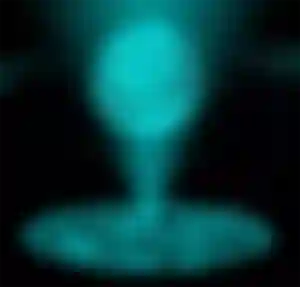
13. Blackholes are the future of the universe. We know that the stars die after they burn all their fuel. So, after billions of years when all the stars burn their fuel, only black holes remain in the universe. The black universe, where there is no light. Soon, blackholes will also have steam over time, and there will be nothing in this universe. Not a single ray of light. As the universe begins with a huge explosion, it will one day end with either a big crunch or a big rip.



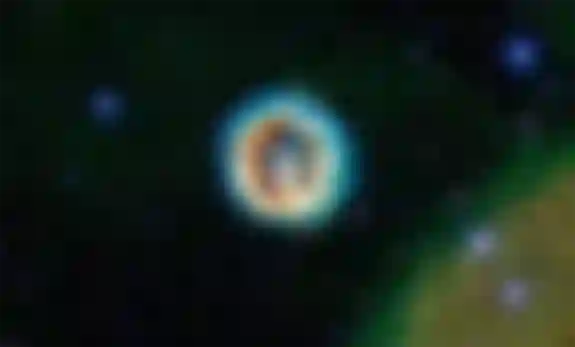
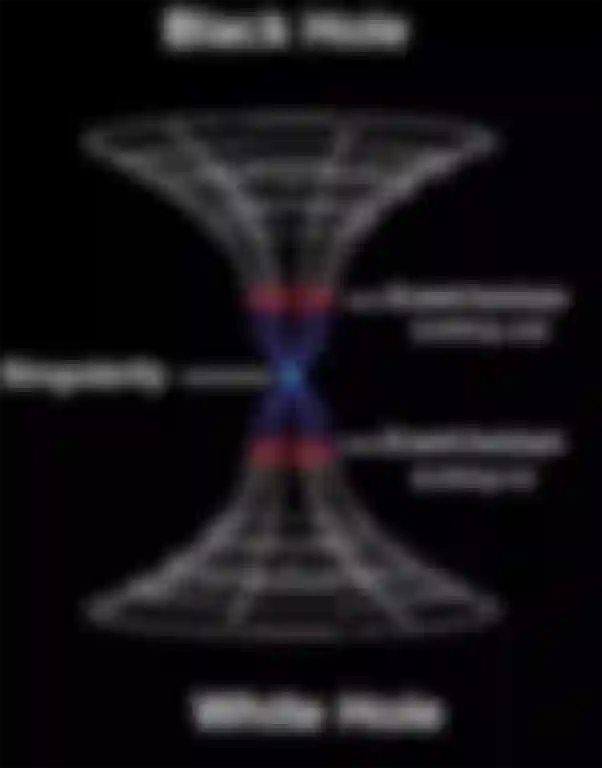

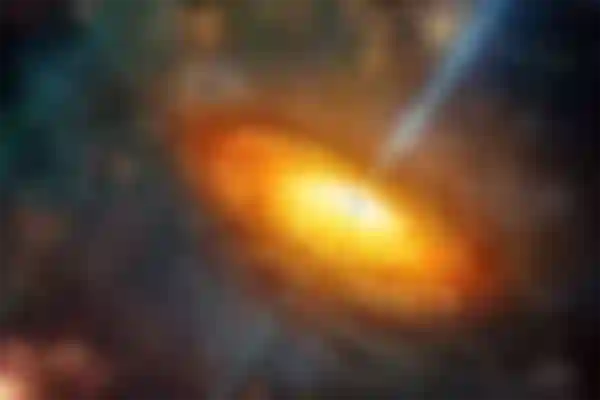
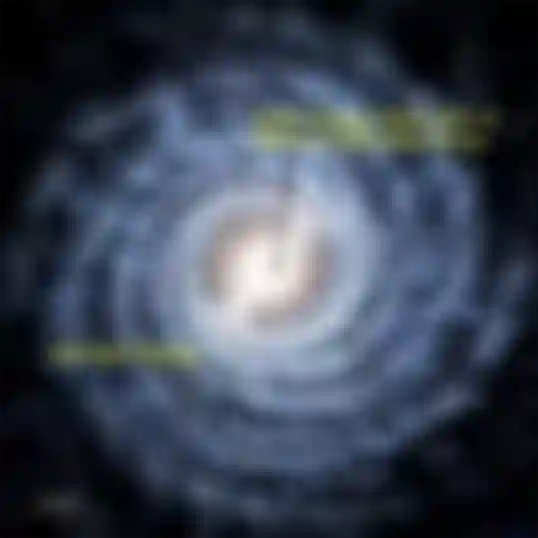

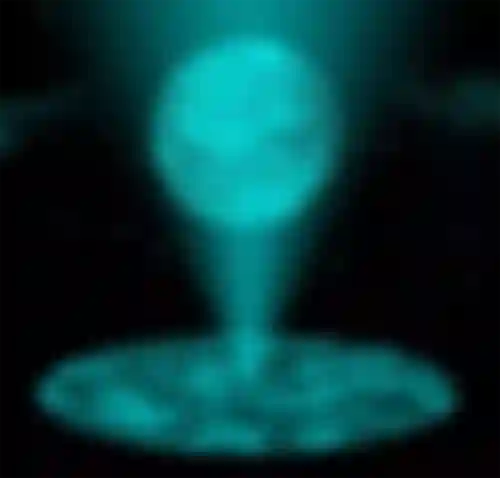
Good read. My interest in black holes just grew, they are more interesting than anything in existence, I thought being alive or the astral plain was the yams but these black holes are too worth everything.
Thank you